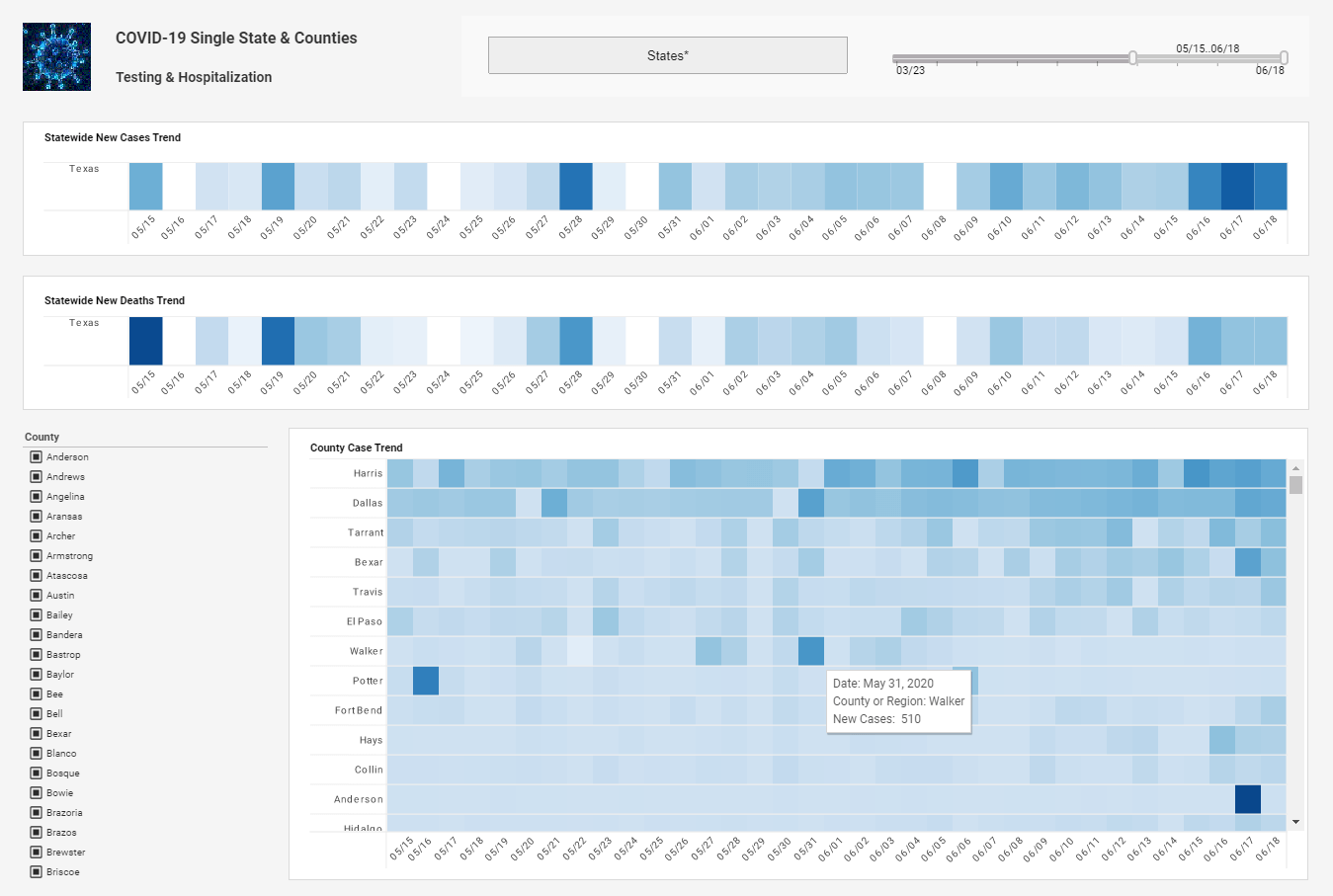InetSoft BI Webinar: Embedded Business Intelligence Trends
This is a copy of the transcipt of a Webinar hosted by InetSoft. The speaker is Mark Flaherty, CMO at InetSoft, and he discusses the topic of “Embedded Business Intelligence.”
Mark Flaherty: What we are going to be talking about is a concept of embedded business intelligence, where analytical capability is integrated or as a module or extension within other software applications. What you are going to hear really is two different perspectives around the value of embedded BI, so you will hear the end user perspective of why BI matters and why companies are taking this type of embedded approach.
Really, my hope is that you will be able to draw analogies to your own organizations and your own toolsets to understand how BI in these types of analytical capabilities might be able to make a significant impact on the way that you do business.
I want to start at sort of a high level and talk about some of the trends that I am seeing in the business landscape, particularly related to business intelligence. Then I will talk about the end-user perspective of embedded BI. And then I will finish up with a few recommendations and takeaways that should be helpful towards achieving success with business intelligence and embedded BI as well.
So from a background perspective, couple of things I want to talk about, couple of the trends that have come out of our experiences over the past three or four years. First is one that most of us are all too familiar with which is the concept that data is increasing both in volume and complexity and disparity as well. Another trend is the growth and the need, or desire, for BI capability - a lot of non-technical business users are clamoring for these types of capabilities such that they can make better fact-based decisions about their organizations.
So really what you are seeing is this perfect storm of more information that’s available, more users who are looking to draw value from that information and then take less time to make an informed business decision based on the analysis of that information. Another trend that we have been seeing in conjunction with this is the expansion in the options that people have to deliver business intelligence capabilities to their organization whether it's mobile business intelligence or an on demand approach, additionally of course what we are going to be talking about today is the embedded approach, so a number of different options for delivering business intelligence capabilities.
And what we really want to answer today are some of the key questions; we want to understand why it is that companies are taking this type of embedded BI approach: what are the performance benefits that BI can deliver to an organization when implemented efficiently; what do the top performing companies do, or in this case what embedded BI users do differently? How are they structuring their organization? What are the capabilities that they have in place that help them achieve when it comes to business intelligence and drive better and faster decision making to their organization.
So back to the trends really quickly, just to put some specificity around some of those topics that I had discussed before. First is this notion of data volume and complexity. We have found that both the volume and the complexity is increasing for companies of all sizes. So we ask them on a year over year basis, what type of a change have you seen in the volume of information that you are using for analysis? A couple of years ago, it was depending on company sides, it's roughly 30% year over year growth in data. Fast-forwarded to this year, and the number has jumped to almost 40%, again depending on which company size, we are talking about here. So now not only is the volume of data increasing year over year, but the rate at which the data is increasing is also growing.
So it's sort of that two-pronged attack in terms of data volume. Then in terms of complexity, one of the other questions that we also like to ask is how many unique data sources are you using in your environment to feed in into your analytical systems, whether they are spreadsheets or enterprise applications or data warehouse or data mart, what have you.
What's interesting, if you look at large organizations, that average number of data sources has decreased slightly perhaps as these large companies grow and they start to consolidate those data sources, build data warehouses and data marts that number has actually gone down, but if you look at small companies and mid-size companies, they have seen a significant increase in the number of unique data sources that feed into their analytical systems. Really the point of this is to show that this issue is not one that is faced only by enterprise level organizations, this data volume and complexity increases that that type of pain is being felt by companies of all sizes.
So some of the other trends I talked about around the increase in user base and urgency of information. I am always curious as to how the composition and the size of the BI user base is changing. A few years ago the percentage of knowledge workers who had a need or a desire for analytical capability was less than 10%, but now it’s more like 20%. You could refer to this as an increase in the urgency of information.


